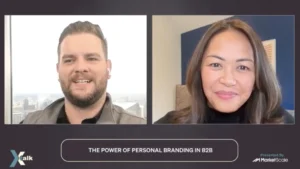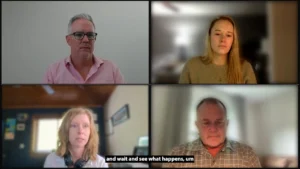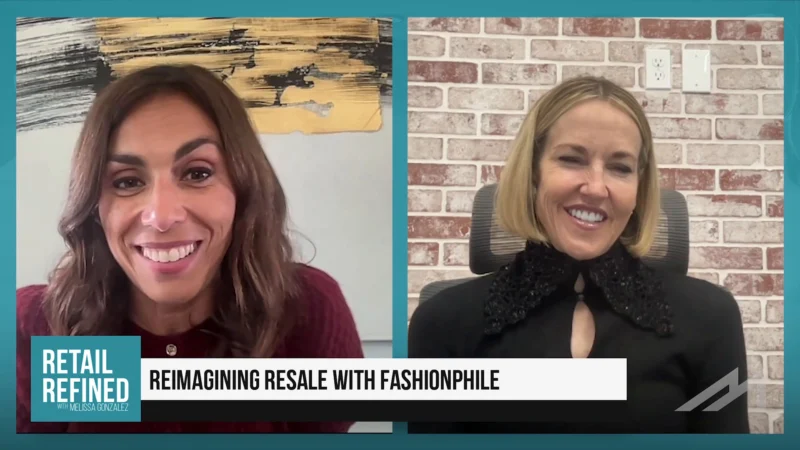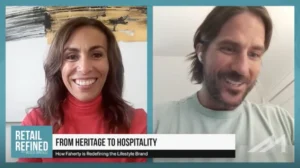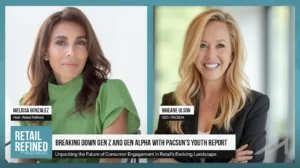Plastic Packaging Isn’t Necessarily the Enemy in the Pursuit of Net-Zero Carbon Emissions
In the evolving world of ecommerce, the debate between paper and plastic packaging is not as straightforward as it might seem, especially for massive online retailers like Amazon. The company has announced a significant reduction in its use of single-use plastic packaging by moving to recyclable paper packaging and eliminating its blue and white padded plastic mailers. And yet, while in 2022 Amazon used 11.6% less tons of plastic packaging than in 2021, the retail giant’s carbon footprint only reduced by 0.4%. The company still emitted 71 million metric tons of carbon dioxide last year.
It’s critical to consider the bigger picture when deciding to use paper over plastic packaging materials. While paper might be the go-to for its recyclability, there are instances where plastic is more efficient and sustainable, especially when considering the product’s nature and shipping requirements. Instead of making decisions based on solving one aspect of the overall shipping problem, it’s better to adopt a more holistic approach. For example, Amazon’s own container initiative not only reduces packaging but also ensures product protection. A comprehensive view, encompassing material manufacturers to recycling facilities, offers the best chance at creating truly sustainable solutions.
For a deeper understanding of these intricate packaging decisions and their broader implications, Jorge Izquierdo, VP of Market Development at the Packaging Machinery Manufacturers Institute, provides some valuable context and direction. He emphasizes that both types of packaging material will likely play a role in logistics moving forward, especially as supply chain needs become more varied.
Jorge’s Thoughts:
“In many cases, paper could be a good option, but I’m sure as well, you know, depending on the product and where you’re shipping, plastic can make more sense. For sure, when you’re deciding on the most appropriate packaging material and packaging format, you’re also putting a significant strain in the fulfillment operation. Number one, depending on what you’re shipping, you need to decide what makes more sustainable and economical sense. You need to decide based on the mix of products, if you will use maybe a paper bag, a plastic bag, or a box. And depending on the material, depending on the format, it’s what equipment you will use for packaging that shipment.
All these decisions, the process to make the decisions, the process to pick the right equipment and to direct the product to the right equipment has significant implications in fulfillment operations. I think that Amazon is following a holistic approach rather than just a direct plastic to paper transition. I think what Amazon is doing seems more efficient. They are looking at the carbon footprint for sure, but also at the likelihood of recycling the sidewalk, you know, for the consumer. What makes more sense?
Yes, I’m pretty sure in many cases, paper could be a good option, but I’m sure as well, you know, depending on the product and where you’re shipping, plastic can make more sense. I think what’s important here is, for example, the decision that Amazon made in the past in terms of using single material shippers, rather than using envelopes made of plastic and paper. Now they are using either just paper, just plastic. And at the end of the day, that makes it easier for the consumer to recycle. So when you’re talking about ecommerce, when you’re talking about shipping material, recycling, there’s more to it than that, right? It’s maybe better to look at complete picture.
For example, we can look at what Amazon has done on the ship on its own container initiative with many of their suppliers, many of the brand owners that work with them. They save a significant amount of packaging. They make sure that the protection for the product is there, but it looks at a kind of a more holistic approach. What’s important here, that’s a good example, that it’s a partial picture, right? When you look at a kind of a more holistic view, when you look at a full circular supply chain view, where you include material manufacturers, converters, packaging designers, fulfillment operations, municipal collection, recycling facilities, looking at the whole picture, you have a better opportunity to develop products that are sustainable solutions that have a more probability to be successful in the different markets.”


